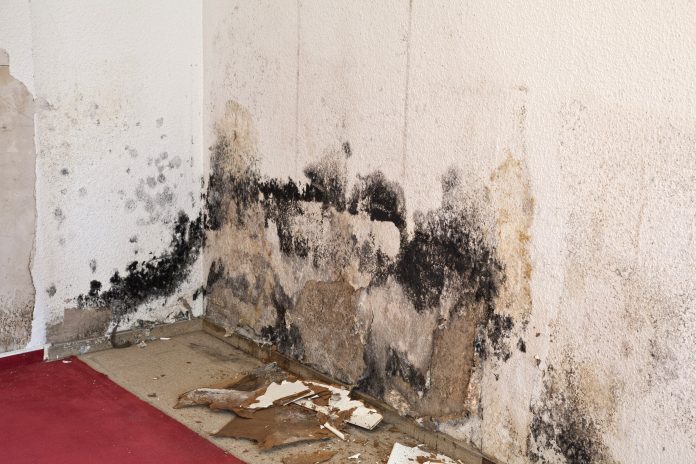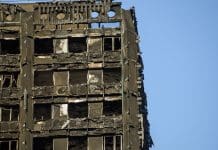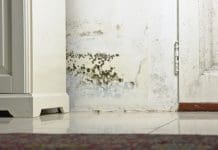Insurance company Zurich is calling on the government to increase investment in maintenance of the UK’s social housing stock, as analysis reveals there is a worrying trend in escape of water claims
Zurich analysed £8.3m of its water damage claims that occurred in social housing stock between 2014-2019.
The main findings include:
- Two in five (40%) of all water damage claims are slow leaks, which were mainly caused by wear and tear (50%) and reoccurring incidents (29%), originating primarily from bathrooms (37%), soil stacks (33%) and white good appliances (11%).
- As almost a third (29%) of slow leaks were recurring incidents, it highlights the issue around lack of maintenance and possible poor workmanship.
- Essential pipes in bathrooms are often located behind walls/under baths, whilst soil stacks are commonly in communal voids. Both are difficult to access and delay discovery of a leak, allowing some leaks to remain unnoticed for up to five years in some cases.
- Slow leaks incidents often experience unnecessary delays from late tenant reporting.
- Burst pipes were the second biggest cause of damage amounting to over a quarter (28%) of all water damage claims. These incidents were mainly caused by both wear and tear (44%) and contractor error, also originating from bathrooms (37%) and mains water supply pipes (33%).
- Most major loss incidents (£250k+) were burst pipe claims, often caused by contractors damaging a property’s mains water piping.
Further data from Zurich revealed that those who suffered water damage at their home, spend on average 89 nights in alternative accommodation while the damage is being fixed.
Zurich is urging the government to increase investment in maintenance of the UK’s social housing stock, as well as working with its customers to fully understand the risks and offer advice on how to mitigate those risks to prevent further losses from occurring.
A worrying trend in escape of water claims
Allison Whittington, head of housing at Zurich, said: “We are seeing a very worrying trend in escape of water claims, which, although falling in volume, are causing significantly more severe damage in tenants’ homes.
“We believe this is because of a combination of factors, including our ageing social housing stock, maintenance schedules which are not robust enough, poorly installed modern plumbing materials, delay in reporting leaks and dealing with them before more damage occurs as well as financial pressures that housing associations have to deal with on a day to day basis and lack of sufficient Government investment to fund the UK’s housing stock.
“A collaborative approach is needed to mitigate further risk of damage caused by escaping water in order to protect the tenants, and often the most vulnerable in our society.”
Kevin Wellman, chief executive officer at Chartered Institute for Plumbing and Heating Engineering (CIPHE), added: “The growing presence of plumbed appliances, accommodation containing multiple showers and toilets, the use of modern methods of construction, incorrectly installed push-fit plumbing fittings, and DIY are adding to increased escape of water events, particularly in the social housing sector.
“Poor building construction and incorrect or insufficient maintenance can also increase the risk of escape of water. This includes incorrect installation of basic plumbing methods and the failure of joints in pipework.
“The lack of pressure testing in accordance with requirements within Water Regulations (Byelaws in Scotland) can also exacerbate the problem.
“Human error, such as valves being mistakenly left open prior to changing the water supply system, can also cause a water leak. This is often compounded by a plumbing skills shortage with many installers not trained to a suitable standard, as I believe NVQ Level 3 or equivalent should be the minimum requirement.”















I’m not surprised by the comments about push-fit plastic pipework, which is notorious for springing leaks; I would never, ever specify push-fit. Lack of training is also a major issue: the standard of contemporary training and on-the-job work experience that is required before a plumber can be regarded as “qualified” is vastly worse than the old apprentice system. Ask any plumber with more than 20 years experience and they will confirm the quality of new British-trained plumbers is much, much poorer than in the past.